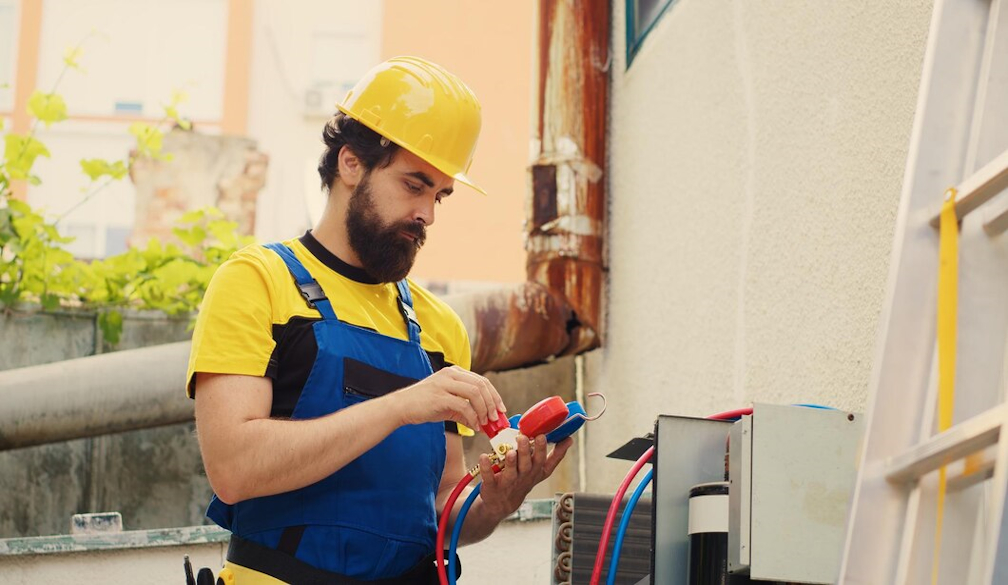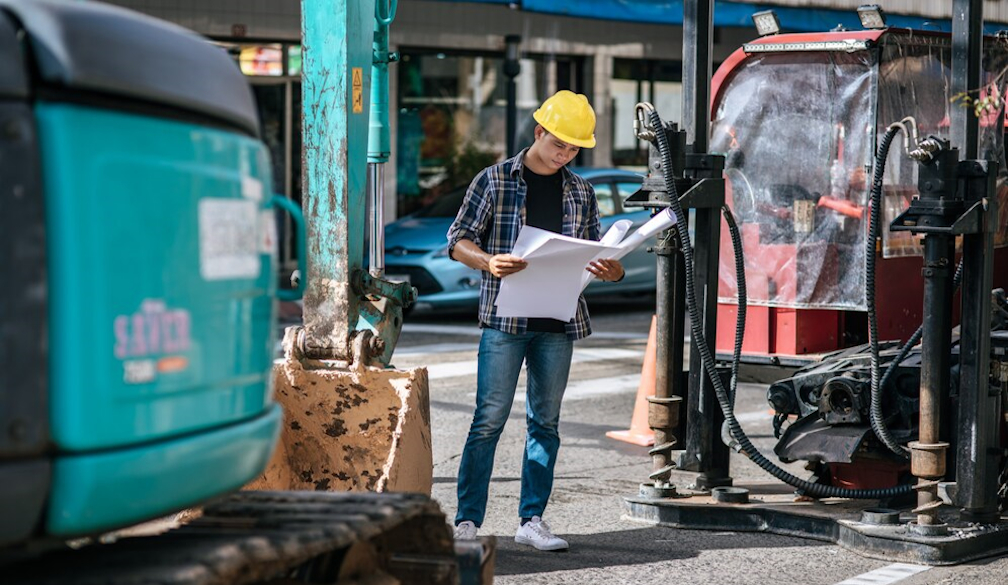Finding The Right Mortgage Advisor: Key Aspects to Consider
- Written by iVillage

Usually, first-time home buyers experience difficulty maneuvering around the mortgage process. Home buying can be overwhelming, from researching the best mortgage lenders to finding an appropriate house. While it is not a must to hire a mortgage advisor, this step is crucial, especially if you are a first-time homeowner. Most home buyers are often tempted to look for lenders themselves. However, it is better to seek guidance from mortgage advisors. These experts can ease the home buying process in numerous ways, including negotiating better deals on your behalf, access to industry knowledge and expertise, and numerous loan options.
While the industry is flooded with mortgage advisors, not everyone is worth hiring. You need to ensure you work with knowledgeable and skillful partners who strive for the best. This article explores the essential factors to consider when choosing your mortgage advisor.
Mortgage Advisor Explained
Also referred to as mortgage consultants, mortgage advisors involve loan officers for mortgages. While the mortgage advisor's titles can vary from one company to another, their core roles are similar. Mortgage advisors help their clients locate a mortgage that aligns with their home financing preferences, needs, and financial profile. These experts assess the terms and rates of various programs and loan types on your behalf. As a result, they will ensure the client gets the most appropriate product or program matching their financial needs.
A mortgage advisor can operate independently or under a mortgage brokerage and have access to an array of lenders they choose to collaborate with. Reputable mortgage advisors must be licensed to ensure their services and products meet standards.
Key Considerations When Choosing a Mortgage Advisor
Lender Network
Basically, the strength of your broker's lender network makes or breaks your mortgage acquisition journey. Additionally, it can influence the quality and variety of mortgage options at your disposal. Access to a steadfast network usually translates to flexible terms and competitive rates. This is mainly because a broker can leverage this to benefit you. When selecting, always ensure that your broker has access to various reputable lenders. The diversity guarantees that they can attend to different borrowing needs.
Excellent Service Quality
A reputable mortgage advisor goes beyond the numbers. This means that the advisor can collaborate with you in the long term, thus establishing professional and personable relations. They will be there for you during and after the mortgage process is complete, eliminating the stress most people experience when dealing with mortgages.
Experience and Reputation
The experience and reputation of your mortgage broker are among the most crucial aspects you must consider when choosing a mortgage advisor. Dig deep into their industry history while being keen on their track record. How long have they been in business? What do previous clients think about their services? Mortgage advisors in Sydney have a robust reputation and massive experience essential for overcoming difficulties in the mortgage industry. Ensure that your prospective advisor has been in business for a substantial period. This way, you can be sure they have enough knowledge of the market and how to maneuver the challenges. Also, the reviews provided by other clients on their experience with the broker should be evaluated. This can help you gauge the standard of services rendered.
Cost
The fee structure of your mortgage broker is essential when selecting a mortgage advisor. This is primarily because it can impact the final cost of your mortgage. Different advisors will have different fee structures, including compensation from the lenders, a certain percentage of the loan amount, a flat fee, etc. Choosing a transparent adviser with no hidden fees is important. Also, you must ensure you get value for your money by evaluating the products or services rendered.






